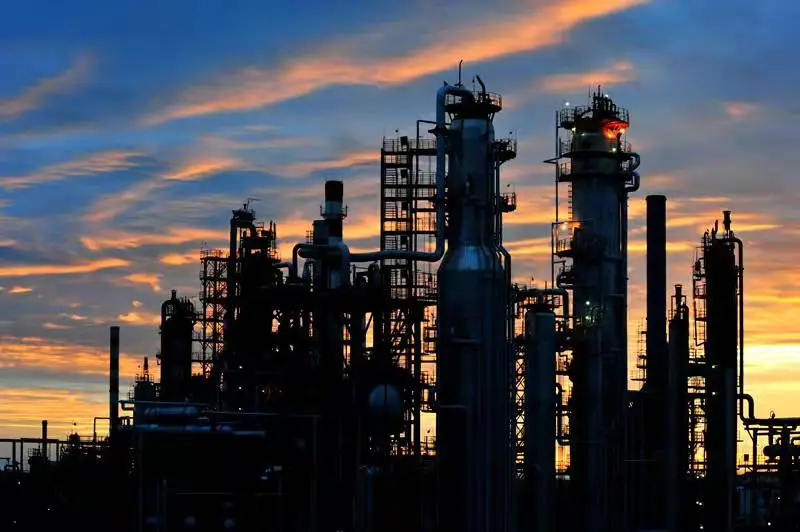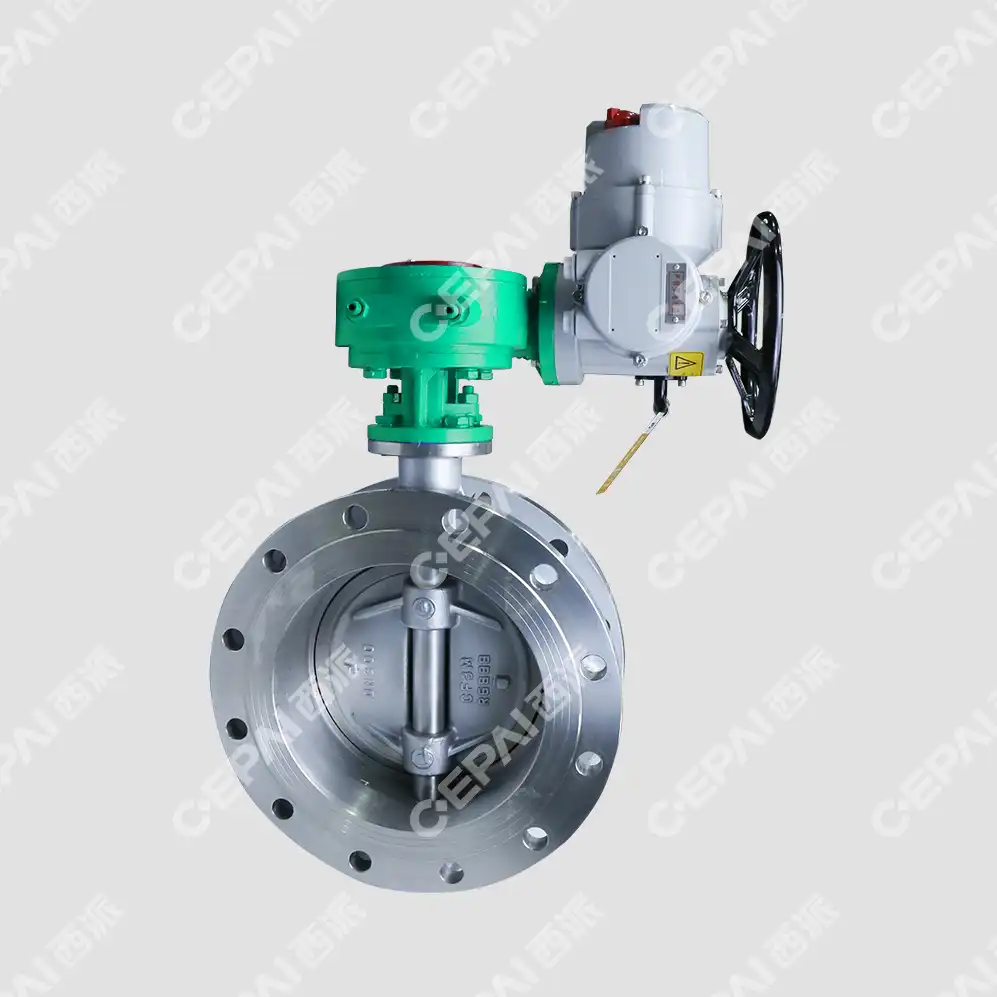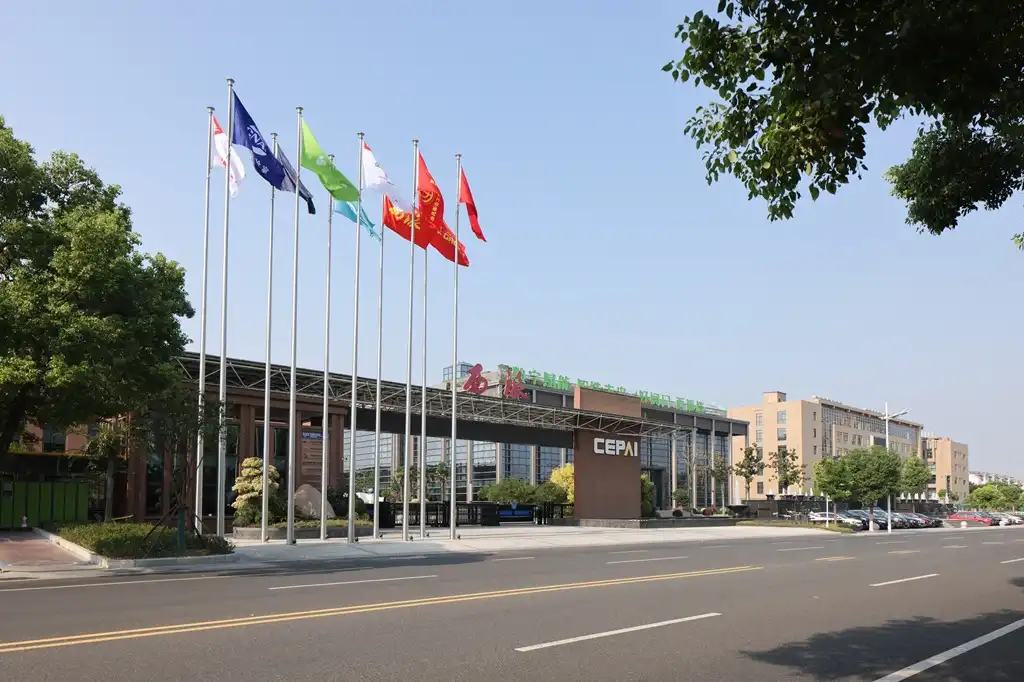Seal Deterioration and Leakage Issues
Causes of Seal Deterioration
Seal deterioration in butterfly valves can occur due to various factors. Prolonged exposure to harsh chemicals, extreme temperatures, or abrasive materials can accelerate the breakdown of seal materials. Additionally, frequent cycling of the valve or extended periods of inactivity can lead to seal wear and deformation. Improper installation or selection of incompatible seal materials for the specific application can also contribute to premature seal failure.
Types of Leakage in Butterfly Valves
Leakage in butterfly valves can manifest in several ways. Internal leakage occurs when the disc fails to form a tight seal against the seat, allowing fluid to pass through when the valve is closed. External leakage, on the other hand, involves fluid escaping from the valve body, often through the stem packing or body joints. Both types of leakage can compromise the valve's ability to control flow effectively and may lead to product loss or contamination.
Preventive Measures and Maintenance
To mitigate seal deterioration and leakage issues, regular inspection and maintenance are crucial. Implementing a routine check of seal conditions, proper lubrication of moving parts, and timely replacement of worn seals can significantly extend valve life. Selecting appropriate seal materials based on the specific operating conditions and fluid properties is also essential. For applications with particularly corrosive or abrasive media, consider using resilient seated butterfly valves or those with specialized coatings to enhance seal durability.
Disc Misalignment and Flow Control Problems
Causes of Disc Misalignment
Disc misalignment in butterfly valves can result from several factors. Excessive mechanical stress, improper installation, or damage during transportation can cause the disc to become misaligned with the valve seat. Thermal expansion and contraction cycles in high-temperature applications may also lead to gradual misalignment over time. In some cases, the accumulation of debris or scale on the disc or seat can prevent proper seating, effectively causing misalignment.
Impact on Flow Control and Efficiency
When a butterfly valve's disc is misaligned, it can significantly impact flow control and overall system efficiency. Misalignment often results in incomplete closure, leading to unwanted flow or leakage when the valve should be fully shut. Critical applications may experience process inefficiencies, product loss, or safety issues as a result of this. In addition to affecting the efficiency and energy consumption of the pump, misalignment can cause flow stream turbulence, which lowers the valve's flow coefficient (Cv) and increases the pressure drop across the valve.

Detection and Correction Methods
Detecting disc misalignment often requires a combination of visual inspection and performance testing. Regular valve stroke tests can help identify incomplete closure or unusual resistance during operation. Valve alignment problems can be better understood with the use of modern diagnostic equipment like infrared thermography and acoustic emission testing. Methods for correction can involve repositioning the disc, fixing or replacing broken parts, or, in extreme circumstances, reworking the valve entirely. To find alignment problems before they cause major performance loss, predictive maintenance methods like online monitoring systems or vibration analysis can be used.
Corrosion, Erosion, and Material Degradation
Common Corrosion Mechanisms in Butterfly Valves
Corrosion in butterfly valves can occur through various mechanisms, depending on the valve materials and operating environment. Galvanic corrosion is common when dissimilar metals are in contact in the presence of an electrolyte. In environments rich in chloride, stainless steel components are more susceptible to pitting corrosion. When oxygen levels drop, metals dissolve more quickly, a process known as crevice corrosion. Valve components, especially austenitic stainless steels subjected to chlorides, are vulnerable to stress corrosion cracking in high-temperature applications.
Erosion Effects on Valve Components
Erosion in butterfly valves is primarily caused by the impact of abrasive particles in the fluid stream or high-velocity flow. The leading edges of the disc, the seat, and the valve body are particularly susceptible to erosion damage. Subsequently, material depletion, changed flow properties, and damaged sealing surfaces can occur. Erosion can cause valve bodies to become locally thin in extreme instances, which can cause leaks or catastrophic failure. Erosion severity is affected by variables such particle size, hardness, flow velocity, and particle impact angle.

Material Selection and Protective Measures
Selecting appropriate materials for butterfly valve components is crucial in combating corrosion and erosion. For corrosive environments, materials such as duplex stainless steels, nickel alloys, or titanium may be necessary. In erosive applications, hard-facing alloys or ceramic coatings can be applied to vulnerable surfaces to enhance wear resistance. Another way to lessen the impact of erosion is to implement flow management measures that decrease turbulence and particle impact. Valve life in harsh settings can be further prolonged using protective measures like cathodic protection systems or corrosion inhibitors in the process fluid. The degradation of materials can be monitored and maintenance decisions can be informed through routine inspections utilising non-destructive testing methods like radiography or ultrasonic thickness measurements.
Conclusion
Understanding the most common causes of butterfly valve disappointment is basic for effective and reliable mechanical operations. Valve operators should maximise performance and minimise downtime by keeping an eye out for symptoms of seal deterioration, disc misalignment, and material degradation. To keep crucial process systems running smoothly and butterfly valves lasting longer, it is important to inspect them often, choose the right materials, and perform proactive maintenance. To guarantee that hardware is as solid and effective as conceivable, it is fundamental to remain overhauled on the most recent investigate on the causes of valve disappointment and modern ways to avoid them. Since industrial applications are dynamic, this becomes much more crucial.
Contact Us
Don't let valve failures disrupt your operations. CEPAI Group offers advanced butterfly valve solutions engineered to withstand the toughest industrial challenges. Our expert team can help you select the right valve for your application, ensuring long-term reliability and performance. Contact us at cepai@cepai.com to learn how our innovative valve technologies can enhance your process efficiency and reduce maintenance costs.


_1746598538016.webp)



